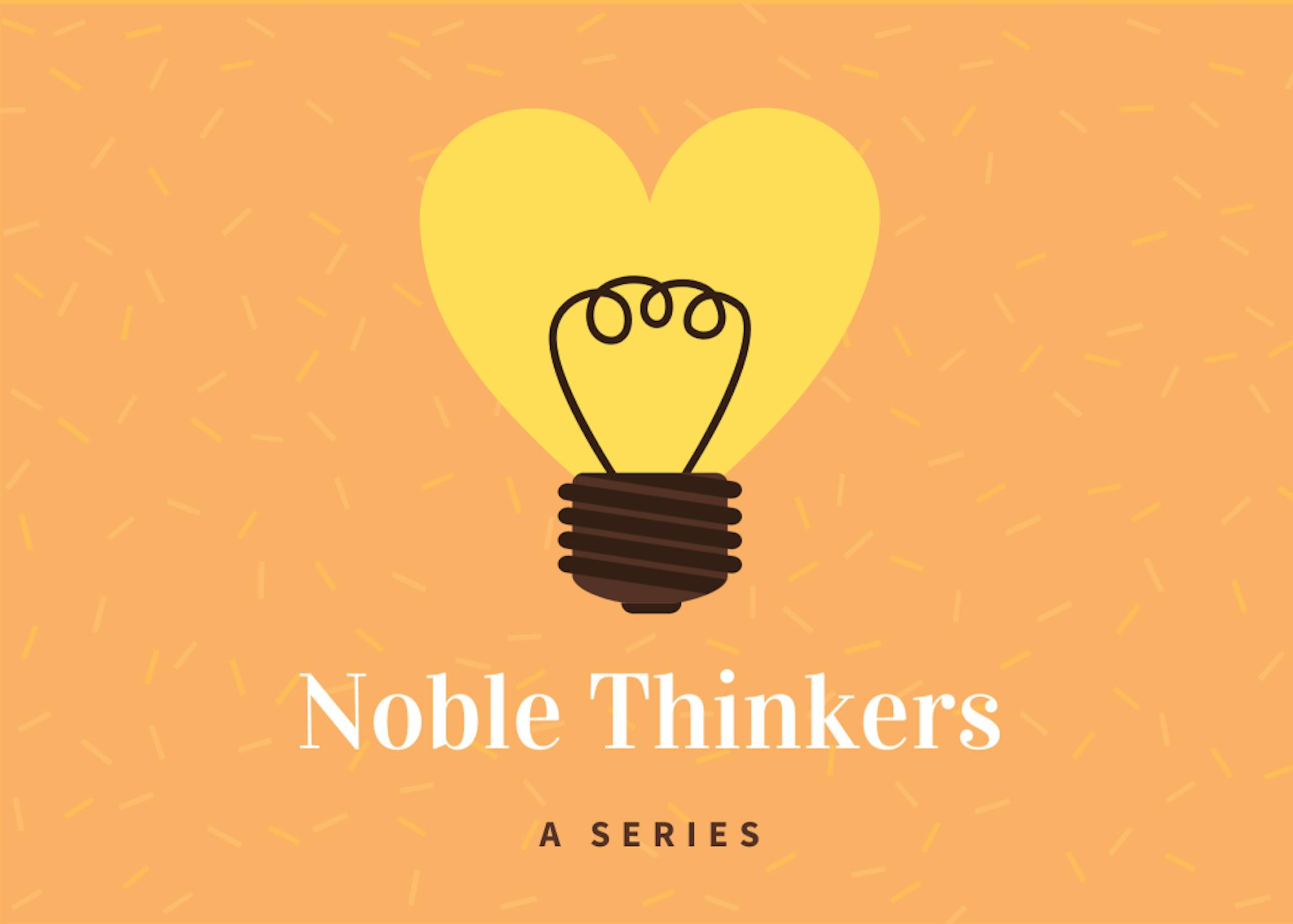The word “physics” alone is enough to make many students flinch. But quantum physics…
“It's a crazy difficult thing to explain if you want to hang on to this idea of reality,” Peter Love, a Tufts professor of physics and computer science, said.
And most people do indeed like to stick to reality as we know it. Our reality has nice, neat rules. Measuring something leaves it the same way as you found it — you’re driving 10 miles over the speed limit whether a cop catches you or not. A cat in a box may be alive or dead — but certainly not both. But quantum physics tells us these basic expectations don’t in fact reflect reality when we get down to the smallest of scales. It may seem startling, yet manages to explain the physical world better than any other theory to date. The most recent validation of quantum mechanics came in the awarding of the Nobel Prize to Alain Aspect, John Clauser and Anton Zeilinger whose experiments verified quantum entanglement.
“Underneath quantum mechanics is a probabilistic theory,” Love said. “So it only predicts the probabilities of things happening. … What's the problem? Well, the problem is, quantum mechanics is also supposed to be a fundamental theory. So how do you have a fundamental theory that's probabilistic? Well, probabilities usually arise because we don't know stuff. So you can only assign probabilities to it but in a fundamental theory, how can you possibly have a fundamental theory where there's an absence of knowledge giving rise to probabilities?”
If you find this upsetting, you’re in good company. Einstein wasn’t a fan either. He assumed quantum mechanics would eventually be kicked out the door, replaced by some shiny new theory that didn’t make our heads hurt so much. While I agree, that would’ve been nice, quantum mechanics still sits squarely in the house of physics.
Quantum entanglement is one outcome of this theory. It means that measuring one particle affects a second, entirely separate particle. In other words, the two particles are somehow linked or synchronized without any physical link existing between the two.
Now, if I have two cups in front of me and I flip one upside down, the other one won’t magically flip over. I can flip it over and have them both down, or flip the other one upside down instead so there are four possible combinations. We can also think of photons as up or down based on their polarization. But if I take two entangled photons and put them far apart like I had my two cups, so we wouldn’t expect them to affect one another, I end up with only two possible combinations of up and down. If I measure the photon on my right to be up, then I will always measure the photon on my left to be down. If I measure the photon on my right to be down, then I will always measure the photon on my left to be up.
John Clauser conducted the first experiment testing this theory of quantum entanglement in 1972 with calcium atoms. Alain Aspect went on to perform more precise versions of this kind of experiment that ruled out other possible explanations in the 1980s.
Anton Zeilinger conducted experiments demonstrating that photons aren’t passing secret messages to each other by setting them up in such a way that for a signal to get between the two photons between measurements, it would have to travel faster than light — which is physically impossible. The only way we can explain entanglement is by recognizing that measuring the state of one photon decides the state of the other.
“We always think of measurement as uncovering some preexisting reality that would have been there whether we have measured it or not,” Love said. “And that is the thing that goes wrong in quantum mechanics. The act of measuring something becomes sort of participatory. So the outcomes you get are different whether you measure it, or whether you don't measure it. That's a huge problem. Because it means that you have a problem with reality.”
While Einstein believed what we saw as probabilities were really determined under the surface by hidden variables, these experiments show that the probabilistic, measurement-dependent version of reality that quantum physics describes does, in fact, work.
“It’s such a sharp ice pick that we stabbed Einstein’s idea with,” Love said. “But that’s why it’s sort of out — of all of quantum experiments that have been done in the last 100 years or so — that's why this one in particular is sort of notable and worthy of this kind of recognition.”
This new — or, better put, old but newly confirmed — idea of the nature of reality has real-world applications and consequences which was a focus of Zeilinger’s work. Quantum communication, for instance, allows for the exchange of encrypted information that physically cannot be broken, allowing for completely secure communication. Maybe you’ve heard of quantum computers, which would theoretically solve huge computational problems that take an impossibly long amount of time on classical computers in a matter of minutes.
Love explained how all of chemistry, from atoms to bonds, can be explained through quantum mechanics. As anyone who has taken organic chemistry knows, it’s a subject that can get quite complicated. There are a lot of molecules and a lot of reactions out there, so quantum computing could offer a new means of building knowledge in the field and could potentially be used as a tool for drug discovery, allowing huge operations to be performed incredibly fast.
“Can we do things technologically that are different from what you can do with classical computing technology? And the answer we know is yes,” Love said. “And the answer we don't know is, how useful or how valuable or how big are we actually going to be able to build the devices that we need to build to do these calculations?”
Love suggested the next step towards answering that question is the development of logical qubits. In your computer, a bit is the very base level of how information is stored. A bit can either be a 0 or it can be a 1. But sticking to the trend we’ve seen so far, when we go quantum this gets trickier. A qubit is the equivalent of a bit in a quantum computer, but it differs in the fact that each has a probability of being a 0 and a probability of being a 1 but is not exclusively one or the other. This is the source of quantum computing’s power.
The problem right now is that qubits interact a lot with their surroundings, leading to errors that limit their performance. But if you are able to mitigate those interactions and group those qubits together you can make one logical qubit that is able to correct errors. Bringing many logical qubits together, you can perform operations that aren’t currently possible with all the noise.
“There's this sort of dichotomy of huge, incredible progress,” Love said. “But then has that progress translated into extremely useful machines? Well, not yet.”






